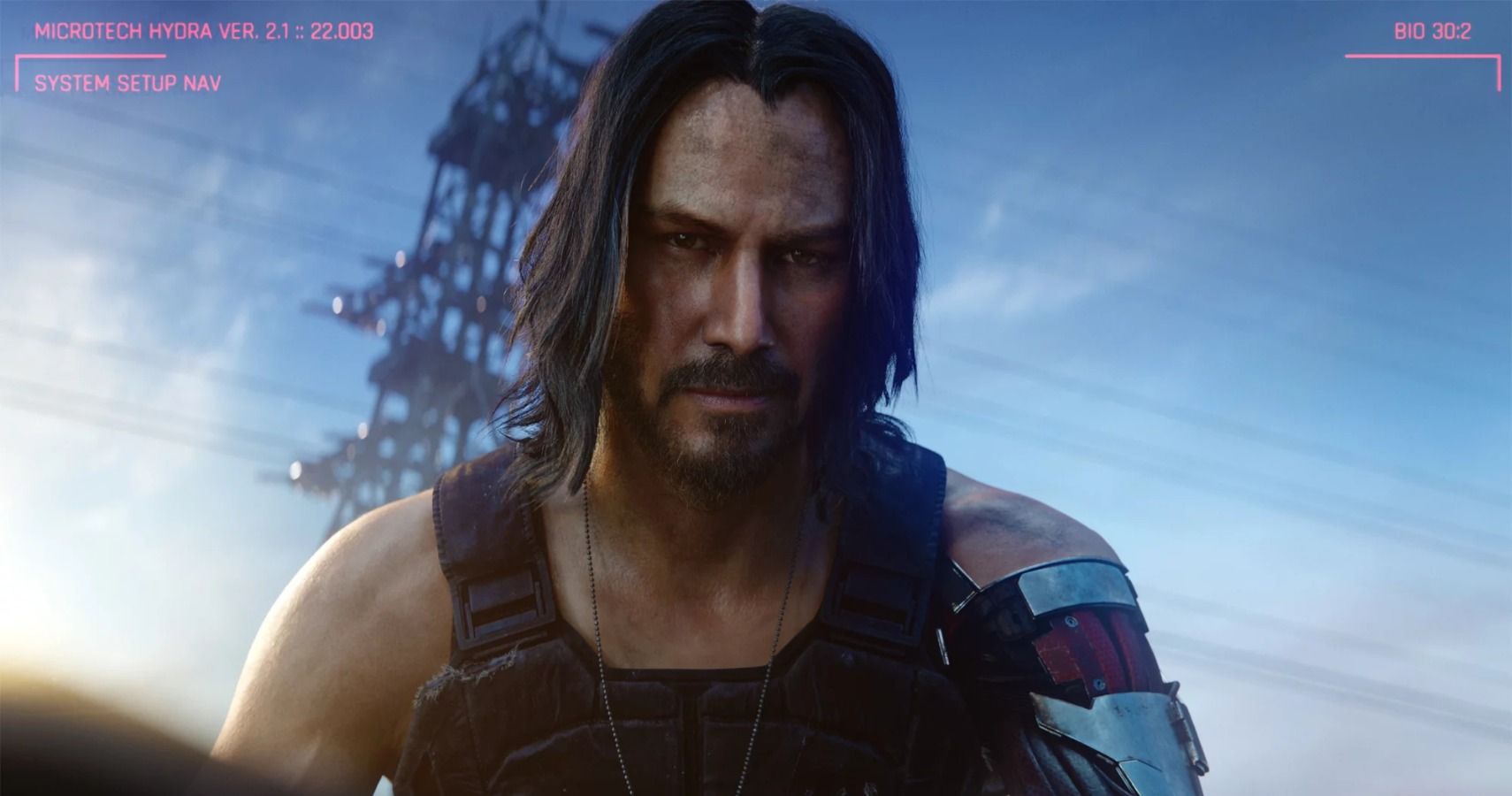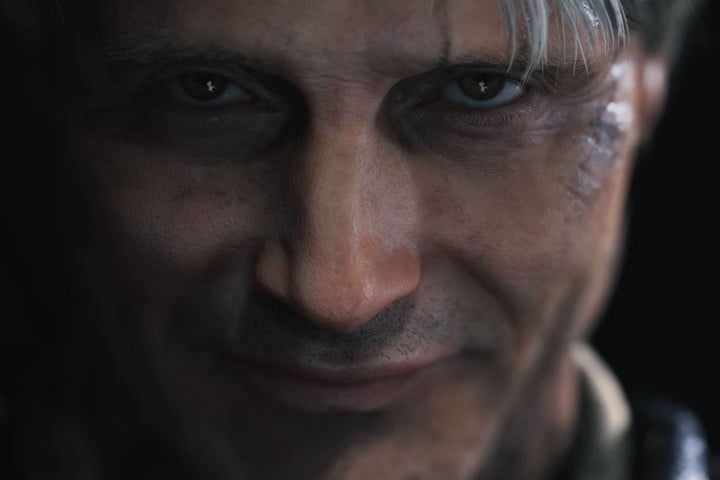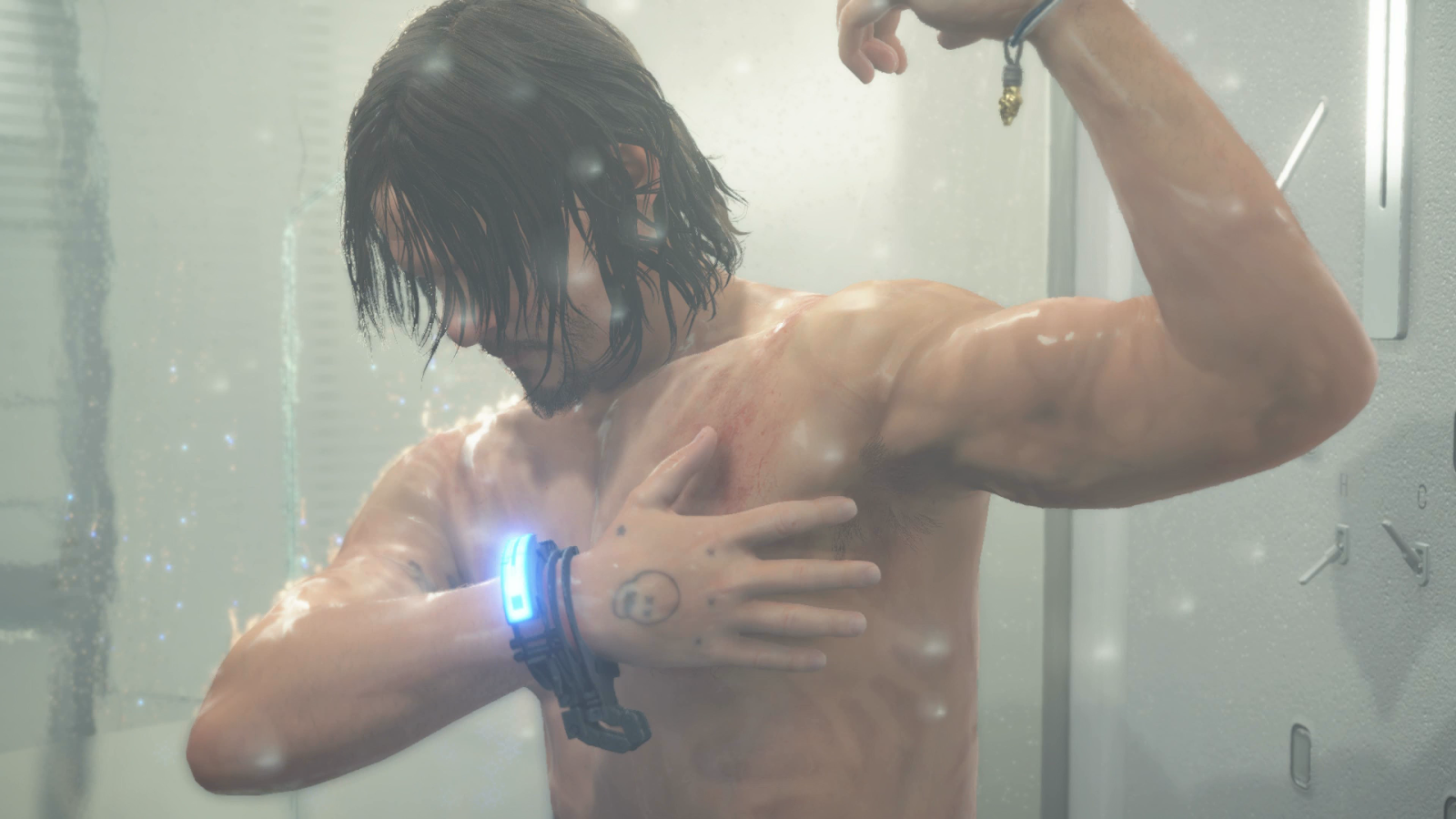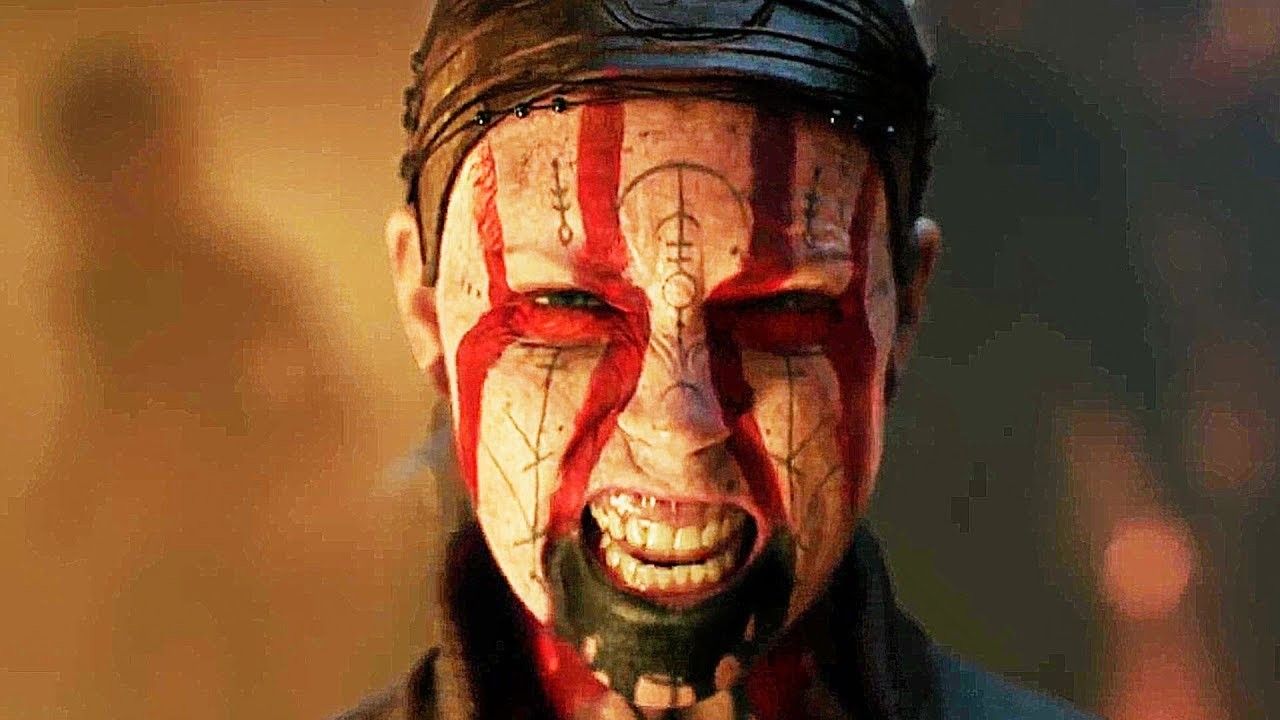Death Stranding wasn’t a flop, but it wasn’t exactly an explosion either - its all-time concurrent player peak on Steam is 32,000 players. Hideo Kojima’s last game, Metal Gear Solid 5, peaked almost three times higher. According to Kojima, sales were enough to recoup the costs of development, but he also said in an interview that he “would have created a game that would sell more” if he were a prophet.
Obviously, one example is a new IP and the other is an anticipated sequel to an established series - it’s not an entirely fair direct comparison. But Death Stranding had one major advantage, too: star power.
Sure, Kiefer Sutherland played Snake in Metal Gear Solid 5, but was anyone actually excited about that? All I ever saw were people begging to bring David Hayter’s gravelly voice back. Meanwhile, Death Stranding had Norman Reedus, Mads Mikkelsen, Lea Seydoux, Margaret Qualley, and even Lindsay Wagner.
Death Stranding is probably the most prestigiously cast video game ever made. But did those names add anything to the game? How much did it even cost to land these Hollywood actors? Did they ask for residuals? Is this why we ended up with adverts for Monster Energy and Norman Reedus’ motorcycle show in-game - to try to claw back some of the talent budget?
Cyberpunk 2077’s reveal that Keanu Reeves would play a digital ghost inside the player’s mind was one of the loudest mic drops ever to grace the stage of E3. But inside the game itself, it didn’t add much. Reeves’ monotone delivery suited the role fine, and his rugged charm carried the bad boy swagger of the resurrected rockerboy, but in my head, he was Keanu Reeves and not Johnny Silverhand.
Actors can be chameleons on the screen when things are passive, but it somehow doesn’t work as well in a game where they address you directly. It feels almost like they’re winking at you - “Recognise me?” they ask. “I sure do, Keanu Reeves and Norman Reedus,” my brain says. “I sure do. Nice arse, by the way, Norman.”
The same happens when I see an influencer on an in-game billboard or playing an NPC in a cameo. If you know who they are in real life, it feels a bit like you’re interacting with a marketing tool. Because let’s call it what it is - it’s marketing. Fill your game with big names and those big names will give you a free advertising boost and bring their fans along with them. It doesn’t make the game stronger, though.
When I think about some of my favourite performances in video games, they’re actors who I’ve discovered through video games. I wasn’t familiar with Cissy Jones’ work until she blew me away in Firewatch, and it’s the same for Roger Clark, who came out of nowhere to make me care about a sad, violent outlaw in Red Dead Redemption 2. Hell, Troy Baker and Ashley Johnson weren’t on my radar until The Last of Us. And look at Melina Juergen, a video editor who stood in for the protagonist on Hellblade and ended up sticking at the role and smashing it beyond anyone’s expectations. As an industry, we’re uncovering major talent.
Both performance capture and VO are specialised forms of acting, and actors who understand the medium know how to get the most out of their performances. Whether it’s knowing how to exaggerate things in the booth, how to take care of your voice for long, gruelling sessions, or realising how a small facial tic can translate to a character model in full p-cap.
It’s a mistake for games to go the Pixar route and attach famous names to projects in a medium that’s constantly pushing boundaries and giving us new experiences. While we’re showing players new worlds, characters, and even ways to play, let’s keep introducing them to their new favourite actors while we’re at it.




